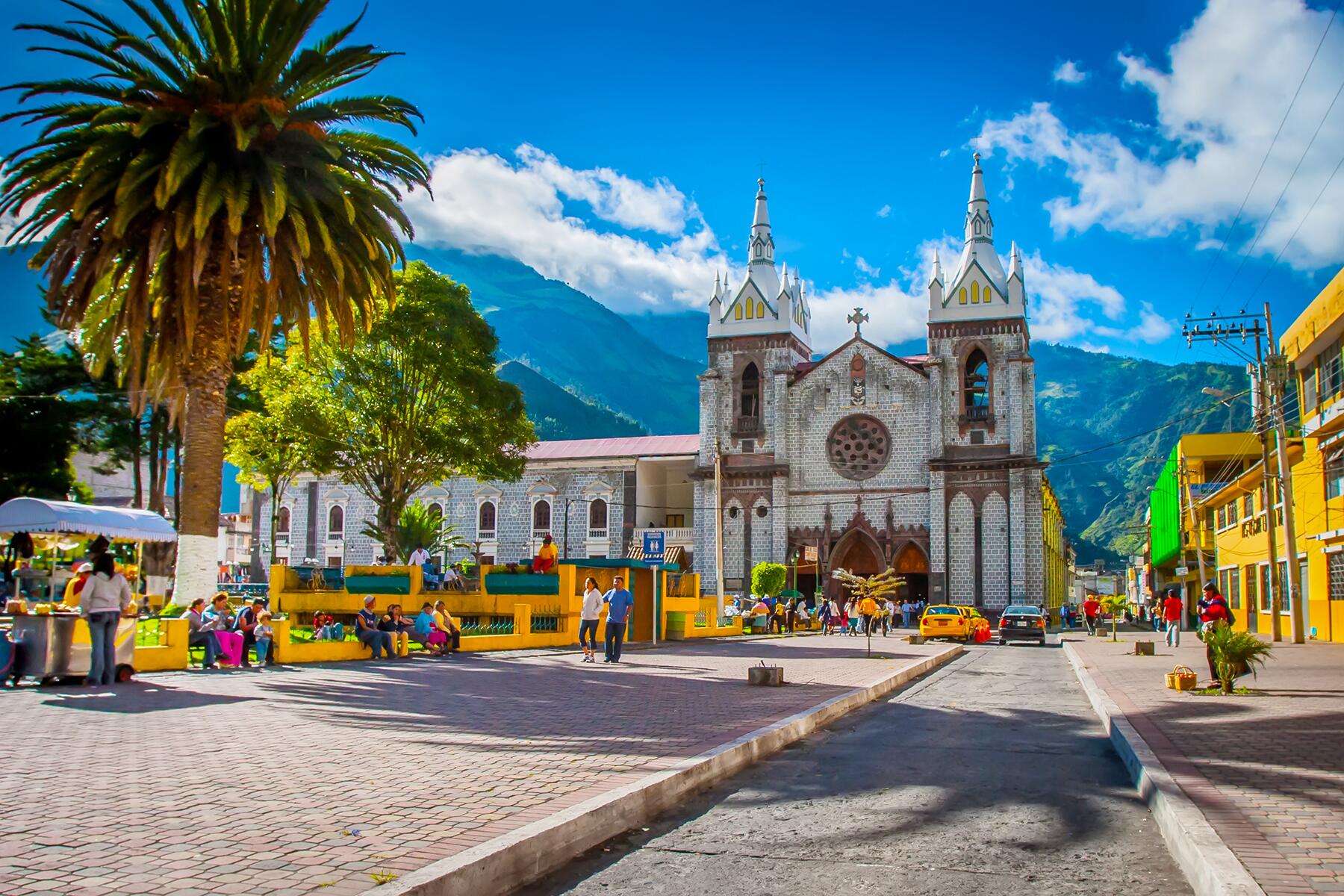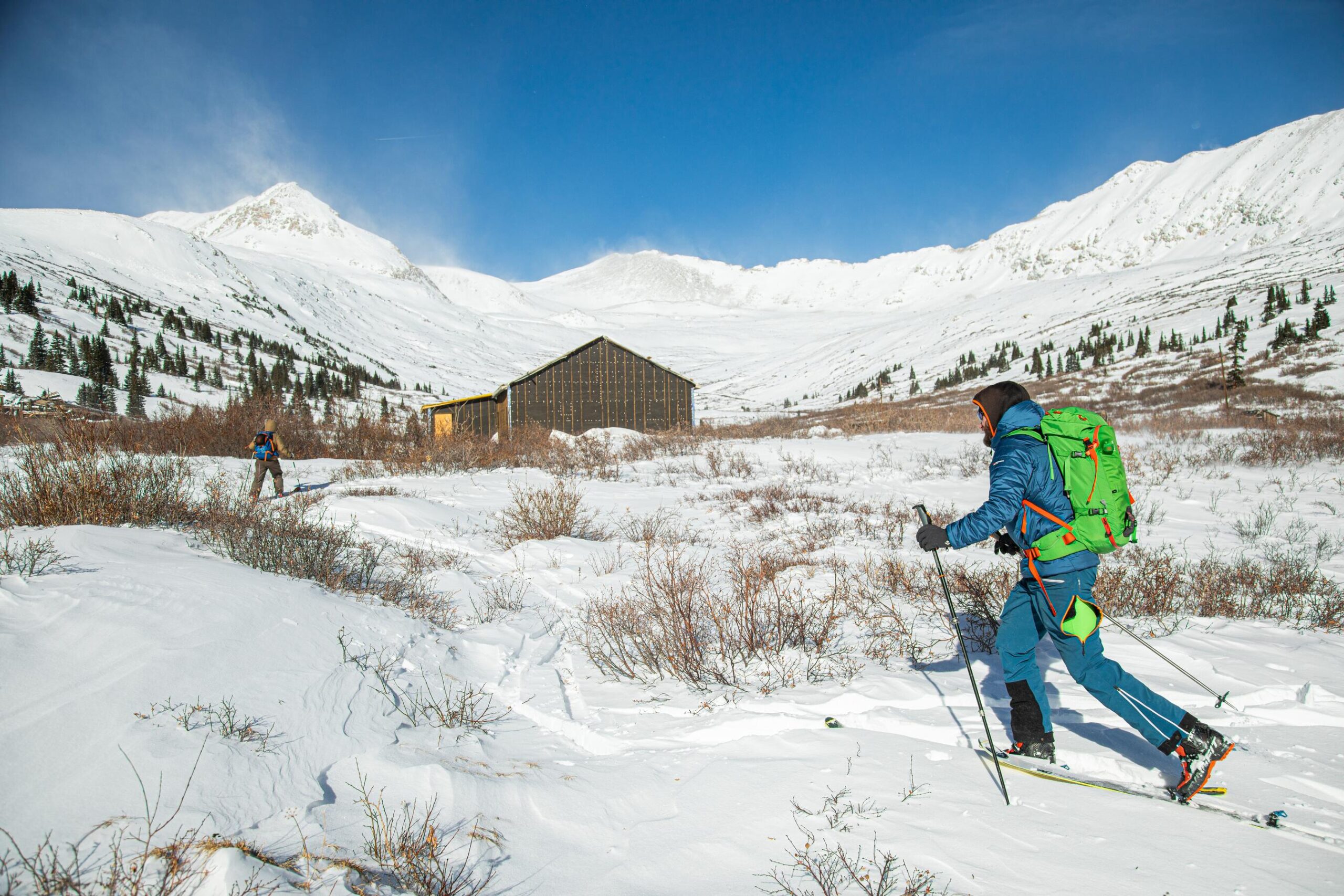“I thought I could ski my way out of it. I have to tell you, it doesn’t work that way.”
A few days before Christmas in 2008, Jay Irwin was standing at the top of Ptarmigan Pass, an 11,777-foot peak south of Vail. He was playing a game of rock, paper, scissors with his friend Bill. The two had snowmobiled six miles through the backcountry to get up there and the plan was to take turns skiing down. One person would drive to the bottom and wait while the other tore down the mountain, solo. The game was to determine who would go first.
Jay won.
As he made his way down Cupcakes, a run he’d done “hundreds” of times, Jay made a wrong turn and stumbled upon a pristine playground with untracked powder, and enviable cliffs for jumping. “I was having a great time. I thought to myself, ‘I’ve got to tell Bill about this new spot.’” Flying over a convex roll in the mountain, he made three of the “most beautiful turns of [his] life.” But on the third turn, he felt a rumbling in the air. When he looked back, he saw the entire mountain collapsing around him.
In a matter of seconds, Jay was engulfed in a wall of moving snow. Prior to this, he’d done cursory reading on avalanche safety; now that he was caught in one, the reality of what was happening quickly set in. “I always thought, if [I was in an avalanche], I could point my skis at a 45-degree angle and ski my way out of it. I have to tell you, it doesn’t work that way.”
Top Picks for You
On the third turn, he felt a rumbling in the air. When he looked back, he saw the entire mountain collapsing around him.
Jay felt like he’d been thrown into a washing machine or a class-five rapid. The snow tossed him around and forced him under. When he was able to look up, he found himself speeding headlong into a massive tree. His skis absorbed the impact, snapping in two pieces, but he kept on tumbling. A second tree smashed into his leg, breaking his tibia and fibula. The cracked bones severed an artery—causing what’s known in medical terms as compartment syndrome—and his entire leg filled up with blood.
Tossing his ski poles, Jay tried to swim his way to the surface of the moving avalanche; but he’d barely gotten his head above the surface when he saw a third tree coming straight at him. It shattered his pelvis.
Spit out at the bottom of the run, Jay was able to dig himself out. He stood up, dazed and disoriented, and tried walking, but his leg gave out from under him. He fell back in the snow and devised a makeshift leg brace using duct tape and avalanche probes. He had no idea where he was. In total, the avalanche had carried him 300 vertical feet and had left him with two broken skis, three broken bones, and lingering doubt over whether he’d make it off the mountain alive.
In total, the avalanche had carried him 300 vertical feet and had left him with two broken skis, three broken bones, and lingering doubt over whether he’d make it off the mountain alive.
After nearly three hours, a search and rescue team was able to find him through echolocation (picture a game of Marco Polo, but with a lot more frantic screaming). The sun was just setting as they arrived—lucky for Jay, who, since it was warm that day, had only worn a light cortex shell. Still, it would be another eight hours to get him to an ambulance; at which point, he was on the verge of hypothermia.
Hypothermia, Jay notes today with an ironic smile, is what ended up saving his leg from being amputated. “I kept the leg, but it has no feeling because of the nerve damage. But I still have it.”
Colorado’s disproportionate number of avalanche fatalities—which many attribute to the state’s thin snowpack—all tend to happen in the backcountry. Unlike the designated ski areas at resorts, which use a variety of techniques to mitigate avalanche hazard, in the backcountry, there is no supervision. Still, that doesn’t stop people from venturing out.
For many, the thrill of untracked powder and wild wintry vistas can be likened to an addiction.
For many, the thrill of untracked powder and wild wintry vistas can be likened to an addiction. Jay Irwin recalls the feeling of euphoria when he first started exploring the backcountry thirty years ago. “Being out there, alone or with a friend, was the big draw. You could get out under the full moon. That was pretty exciting.”
But surviving an avalanche has a way of changing your perspective.
After taking a sabbatical from his job in enterprise software, Jay co-founded Colorado Adventure Guides in 2016 in order to focus on team building and avalanche safety. To date, the outfitter has trained over 2,000 outdoor enthusiasts; offerings like the Backcountry Mentor Program focus on bringing travelers into the backcountry so they can get hands-on practice.
But beyond practical skills like digging a snow pit and how to use an avalung, says Jay, the biggest challenge in avalanche safety is good decision making. Often, it can mean the difference between hurtling head-first into a lethal situation, and simply knowing when to back off.
When David Shephard, an investment banker who lives in Steamboat Springs, triggered an avalanche in Sheep Creek in 1993, the snow moved slowly, like “a bathtub filling up with water.” But the result was just as deadly; by the time the avalanche was over, Shepard and his friend were buried up to their heads. Only the tip of Shepard’s glove poked above the snow.
“I’m six four; if I’d been six two, I probably would’ve died,” Shepard recalls.
…the snow moved slowly, like “a bathtub filling up with water.” But the result was just as deadly…
But those two inches made all the difference. Mobilizing his gloved hand, Shepard was able to flick the snow away, eventually making a hole big enough to create a breathing tube that reached vertically along his arm. After a lot of digging, both skiers were able to crawl out from under the snow and guide themselves to safety without ever signaling for help. (Ironically, in 2013, five men were killed in the same spot; all of them were expert skiers and snowboarders and equipped with the right gear.)
What most people don’t understand, Shepard explains, is how unpredictable these accidents can be. “The word avalanche sounds dramatic and violent, but a lot of the accidents aren’t. The snow that hit me, it wasn’t moving very fast.”
That basic lack of understanding about avalanches (how they move, why they happen) is exactly what land managers—and emergency response teams—are hoping to avoid this season, as COVID-wary travelers exchange their typical resort stays for more far-flung locales.
Making information widely available has been key, says Friends of CAIC, an offshoot of the Colorado Avalanche Information Center. Their five-step “Know Before You Go” program, which teaches people how to enjoy the backcountry safely, has pivoted online for easy access. (The organization also launched a campaign called the Forecast Pledge, which encourages skiers to check daily forecasts, and then tag their friends to do the same.)
“We’re always pushing for people to get some type of education,” says Aaron Carlson, the Executive Director at Friends of CAIC. Formal avalanche training courses follow a curriculum designed by the American Institute of Avalanche Research & Education (AIARE), and can be incorporated into an immersive three-day hut trip, or simply taken online. But wherever you end up, Carlson says, a good starting point is to check conditions before you go out. “The most important thing you can do before heading into the backcountry is get the forecast.”
Jay Irwin is apprehensive about what will happen in the backcountry this year. A lifelong adventurer who’s had his share of close calls, he knows the danger of disregarding the forecasts. But, he warns, hubris doesn’t get you anywhere. If his accident in 2008 taught him anything, it’s to heed Mother Nature. “That day, my ego was running way too high. I’d come off of nine days of incredible skiing, and I was feeling invincible. There’s nothing like a little snow to teach you who’s boss.”



